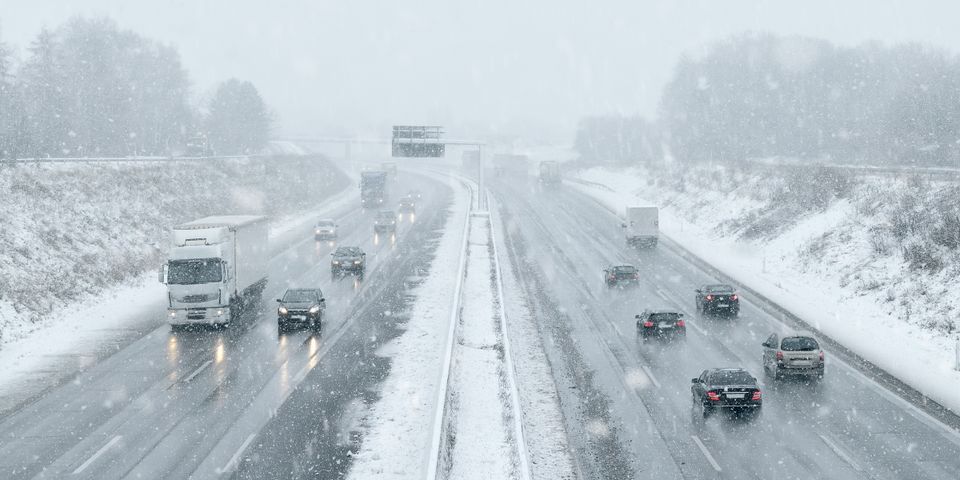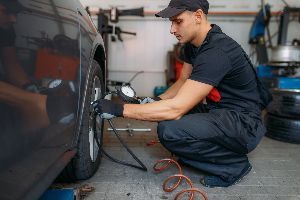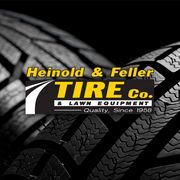3 Ways to Prepare Your Tires for Icy Weather

Approximately 5.25 million car accidents occur per year, which amounts to one every 60 seconds. However, incidents usually aren't spread out that evenly. Instead, there is an uptick in fender benders and collisions during the winter due to a combination of slick conditions, low visibility, and holiday traffic. Paying attention to the state of your tires can go a long way toward keeping you and your family safe on the road. The guide below looks at what steps you should take.
How to Get Your Car Tires Ready for Winter
1. Check the Tread
Legally, drivers are required to replace their tires when the treads are at 2/32” or less. While you could use a ruler to measure this, a common trick is to fit a penny into a groove with Lincoln's head facing downward. If all of his head remains visible, you need new tires.
However, meeting this minimum shouldn't be the goal. Tire tread is designed to grip the road. However, snow can pack into these grooves, artificially removing some of the depth needed to provide traction. It is safer to maintain 4/32" tread depth, which is the distance between the edge of a quarter and the top of Washington's head if you were to use a quarter instead of a penny.
You should also check that the tread is evenly worn. Front tires on front-wheel-drive cars will wear faster than the ones in the back, which is why experts recommend tire rotations to compensate for this. Your driving habits, the condition of the roads, and alignment issues could also cause uneven wear distribution, so remeasure the tread depth in all four tires once a month.
2. Measure PSI

The correct tire pressure for your car should be written on a sticker inside the driver's side door. However, it usually falls in the range of 30-35 PSi. Aim for the upper end of this spectrum during the winter since a drop in temperature will naturally result in a dip in air pressure, meaning your tires will need to be pumped up more often. If a tire becomes underinflated, it will flatten, increasing surface contact with the road. This added friction speeds up wear and tread separation.
However, overinflated tires are denser than normal. They don't grip the road as well and are more likely to blow out, so don't go above the recommended maximum.
3. Buy New Tires
Most tires have a life span of 60,000-75,000 miles. However, blowouts are possible, especially in the winter. To make sure you can get your family somewhere warm and safe, buy a spare tire if you don't have one already.
You should also consider investing in winter tires. The rubber used for these products is designed to stay flexible in cold temperatures to provide better traction. The treads are also deeper and have more elaborate patterns, including "biting edges" that help grip ice.
If you need new tires or maintenance for your car, rely on Heinold & Feller Tire & Lawn Equipment in Valparaiso and Lacrosse, IN. These ASE-certified mechanics carry products from name brands including Bridgestone®, Firestone®, Michelin®, and BFGoodrich®, carrying on the promise this company has had since it was founded in 1958: to keep their customers as safe on the road as possible. Visit their website to get coupons for a wide range of auto repair services. Call (219) 462-5191 to arrange an appointment.
About the Business
(198 reviews)
Have a question? Ask the experts!
Send your question

